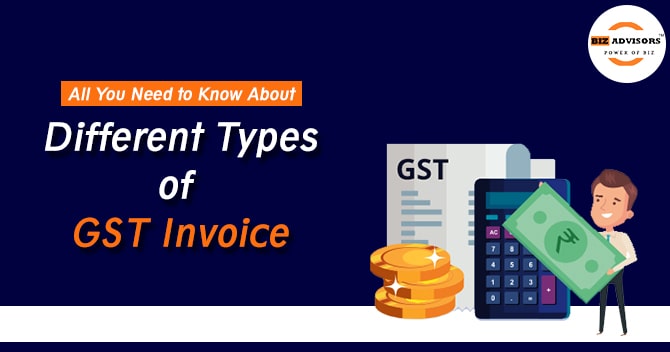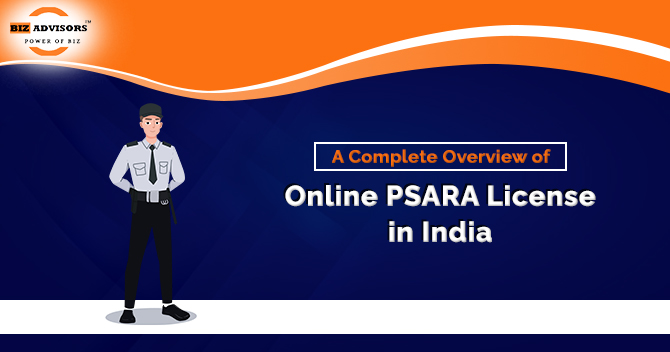A GST ( goods and services ) invoice is a list of items of goods or services which keeps the records of date of sale, value of goods, date of delivery, provision of services, amount of money, payment mode etc. An invoice can be issued before or at the time of delivery of goods but in case of services invoice can be issue before or after rendering the services within the period of 30 days after the date of services. Section 31 of the CGST ( central goods and services ) Act,2017 made it mandatory for the people to issue GTS invoice or bill of supply for every taxable goods or services they are supplying.
Types of goods and services
So basically there are two types of goods and services;
- First there are taxable goods and services. Which means those goods and services on which tax is imposed by the Government of India.
- Second there are non- taxable goods and services. And it is vice versa of taxable goods and services. Which means those goods and services on which tax is not imposed by Government of India.
Who can issue GST invoice ?
Any person who is dealing with supply of any kind of taxable goods and services and having aggregate turn over 20 lakh in one finance year have to registered themselves under GST Act, 2017 and can issue invoice.
Types of GST invoice
- Tax invoice
- Bill of supply
- Debit note
- Credit note
- Supplementary invoice
- Revised invoice
- Receipt voucher
- Payment voucher
Tax invoice
When any registered taxable person dealing with supply of taxable goods or services, than the same person has to issue invoice for the goods and services he/she dealing with.
Bill of supply
When any person dealing with non- taxable goods and services, than in that case he/she has to issue bill of supply. Some example of non-taxable goods, bread, fruits, curd, salt, etc.
Debit note
1. Debit note is issued when a registered dealer issued tax invoice and in such tax invoice the amount of tax charged and/or taxable value shown is less than the tax payable and taxable value.
2. For example if a person buys a good for rupees 1,200/ and the supplier of the same good or service issued a invoice of rupees 1,000/ mistakenly and later the supplier realized that he/she has issued invoice of less amount than the actual amount than he/she will issue another document which is debit note to recover rest rupees 200/ from the buyer or consumer.
Credit note
1. Credit note is issued when a registered dealer issued tax invoice and in such invoice the amount of tax charged and/or taxable value shown is more than the tax charged and taxable value. Credit note is vice versa of debit note.
2. When the supplier issued invoice of more amount than the actual amount of goods to the buyer. Supposed if the supplier issued invoice of rupees 1,500/ for some goods or services and later he/she realized that the actual amount of the same goods or services is rupees 1,000 than the supplier shall issue another document which is credit note with amount of rupees 1,000/ for the goods or services he/she had delivered to the buyer or consumer.
Supplementary invoice
- Supplementary invoice issued when supplier of any goods or services issued GST invoice of some goods or services but he /she delivered the wrong goods or services to the buyer.
- For example when supplier delivered goods ‘A’ place of goods ‘B’ to the buyer or consumer. In that case the supplier shall issue supplementary invoice.
Revised invoice
- Revised invoice are issued against the bill already raised without collection of tax during the period one becomes liable to pay tax registration is granted.
- Supposed on the date 0f 1 March your turnover crossed 20 lakh per annum but by the time you do not have GST number or are not registered under GST and when you applied for registration under GST it shall take 30 days for registration which is 1 April but during the period of 30 days whatever exchange of goods or services you made between 1 March and 1 April you have issue GST invoice for the exchanges you made during that period after getting registered under GST .
Receipt voucher
Issued in case of receipt of any advance payment. In any case seller received any amount before make delivery or rendering services to the buyer/consumer. Then it becomes mandatory on seller to make receipt voucher.
Payment voucher
Issued in case of any payment made to unregistered dealer. If any supplier dealing with the person who is not registered under GST[1]. Than in that case the unregistered person or dealer have issue payment voucher.
Penalty under GST invoice
1. Any persons registered under GST Act, 2017. If he/she shall not issue invoice against taxable goods or services shall be liable of 100% tax or Rupees 10,000/, whichever amount is higher.
2. And any registered person issued incorrect invoice she/he shall be liable to pay rupees 25,000/ as fine.
Advantage of issuing invoice
1. Whenever if immediate payment is not required at the time of delivery of goods or services. The chances are high that buyer/consumer won’t make payment without seeing invoice for the same. So it is good to issue proper invoice before or after delivery of goods or services.
2. Invoice keeps the complete records of delivery of goods or services, value of goods, mode of payment, etc. between buyer/consumer.
3. Issuing correct invoice before or after delivery of goods or services help you to be penalized under GST Act,2017. And also help you run your business smoothly.
Disadvantage of not issuing invoice
1. Not issuing invoice or incorrect invoice shall be penalized under GST Act,2017.
2. Issuing invoice late could delay in making payment of goods or services.
Conclusion
As growing economy and having the second largest population in world it is very important to keep track of each every business activity in the country which can be easily tracked by GST registration and by raising GST invoice a complete track of business is done and helps to recover tax from the people who do not pay tax. GST is 15 digits characters but its work is lot more than from just being 15 characters.
Read our article:All You Need to Know about GST Return under Composition Scheme
 9559179325
9559179325 9559179325
9559179325





